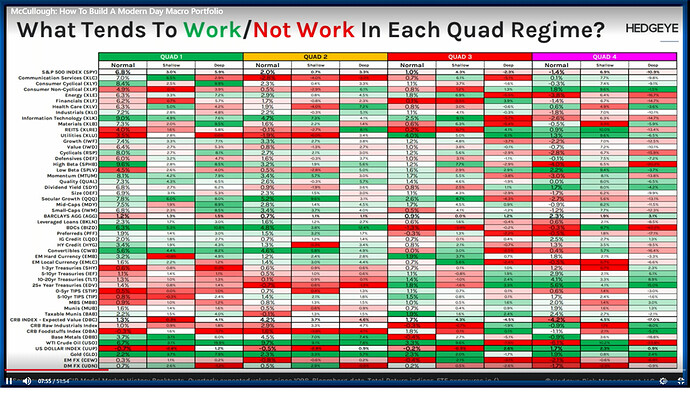Marc Gerstein recently wrote about the importance sector rotation. “If you want to stick with quanting and testing on p123, I suggest devoting your energies to working with a small InList consisting of the SPDR sector specialty ETFs and looking for a technical model that can help you spot rotations.” https://www.portfolio123.com/mvnforum/viewthread_thread,12564_lastpage,yes#!#76241
I follow two momentum models that are coded in google sheets but would like to code them in P123, but it’s a matter of time.
Perhaps someone who has some P123 code they would like to share for sector rotation, perhaps there is interest in a joint model development project, perhaps someone at P123 could even build an ETF sector rotation model to be made public, or perhaps some combination. I’m looking not just for a ranking system, but also the universe, functions, screens, buy and sell rules, etc. If there is interest, we might set up a GitHub project for a virtual team.
Mostly what I’ve seen for sector rotation, is to use some function of momentum indicators, such as the average of 12-month performance + 6-month performance + 3-month performance + 1-month performance, or to use a weighted version such as 12/191-month performance + 4/193 month, + 2/19 * 6 month + 1*12 month. And to then choose a subset of ETFs, say 3 from a universe of 12. I’ve also seen the use of Exponential Moving Average, Double Exponential Moving Average, price related to trend, and so on. I’m sure others must have additional ideas.
One interesting enhancement is to calculate the overall basket performance, to calculate the correlation of each individual ETF with the basket, and then to use some function to promote those with lesser correlation to the basket with the assumption that buying 3 ETFs with high momentum, but lower correlation may outperform.
Another potential enhancement is to divide ETFs into sets by sector, and to then select the best ETF for the best sector. This can work in various ways, such as to find the sector(s) with the best momentum, and then the ETFs within the sector with the best momentum. This can also be done by factor or style. The same concept can apply to country. I would love to develop a sector rotation model for China.
Another possible enhancement to sector rotation is to overlay the economic quad. Economic quad can be defined using the change in growth and inflation. Historically, the quads can be calculated from public data sources and it’s then possible to calculate which ETFs (sectors, styles, factors) work best in each Quad. The quads can themselves be further divided into 4, as extremes within each quad can also influence performance. The requirement then is to predict the quad going forward, which HedgeEye does, but it appears there are other public sources for these predictions as well. This approach can also be done for country rotation.
Market timing is another overlay. There is an excellent paper called Growth Trend Timing that considers both economic factors and trend factors. The base definition is public, and the author proposed several extensions. Ideally the base model would be part of P123, but I think as a starter for sector rotation we would want to include market timing.


